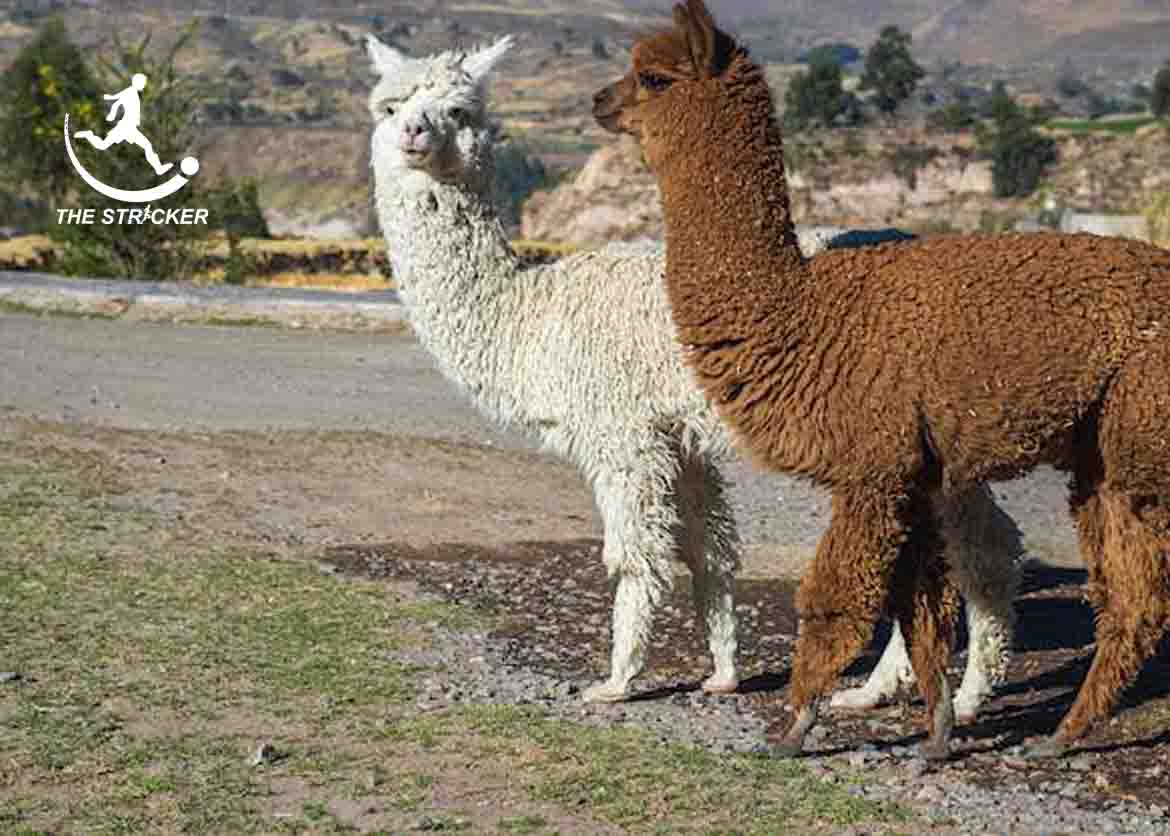
Huacaya Fiber is one of the two breeds that make up the species Vicugna pacos, commonly known as the alpaca. The other breed is the Suri. It lives on the Altiplano plateau in the Andes at up to 4,000 m above sea level. Its natural range encompasses four South American countries.
Animals of the Huacaya breed have a rounded and bulky appearance. Huacaya fiber grows perpendicular to the body of the alpaca and is bulky, smooth, and dense. Its curls in its sponge-like fiber are shorter and duller compared with Suri, with an absence of wool grease that is characteristic of Corriedale sheep.
Uses of Huacaya Fiber
Their wool is made up of between 150-170 threads / mm². At 25 μm thick, their wool is 1.5 μm thinner that of the Suri, and considerably whiter, on average. Suri wool is marginally stronger Some of the products that can be made with fine Huacaya fiber include:
- Ponchos
- Scarves
- Vests
- Sweaters
- Bedspreads
Conclusion
Farmers normally raise Huacaya (pronounced wah-KI-ya) alpacas for their fiber; which is short, dense, crimpy, and gives a woolly appearance.
Like the Suri alpaca, the Huacaya alpaca is prized for its thick; soft fleece–it’s been known for centuries as “The Fiber of The Gods.” Alpaca fiber offers quality, versatility, and rarity; in the fashion world, it’s considered to be one of the most exclusive fibers; competing with wool, cashmere, and mohair.
Alpaca fiber can be used as sheer in the finest silks, to as thick and chunky as tweeds and wool. It dyes easily, makes the warmest batting, the softest felt, spins like a dream; and can be mixed with other fibers to combine textures and beauty. People also raise alpacas for companionship and to enjoy a rural lifestyle.
references:
You May Also Read :
